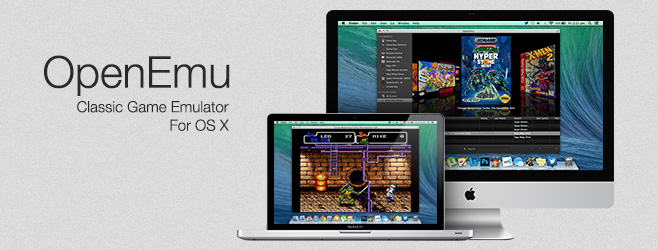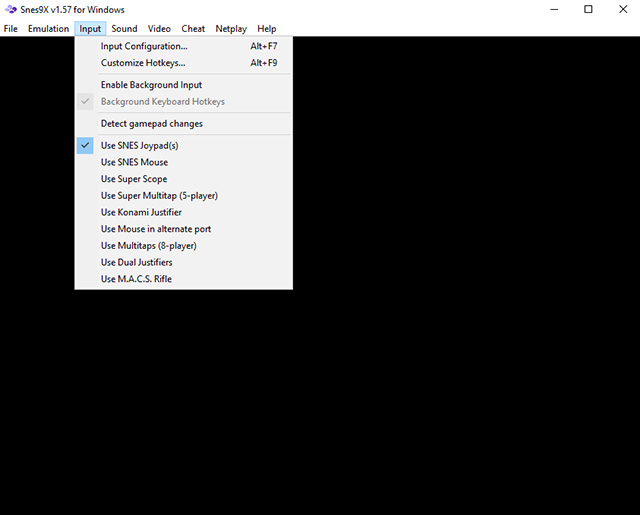
In February 2021, Near released a new translation for the Super-Famicom game Bahamut Lagoon, a passion project that they had attempted multiple times since 1998.
#Bsnes emulator mac series
In 2019, Near retreated from the emulation scene, after "a series of escalating privacy intrusions and targeted Internet harassment" affected their mental health. They also engaged extensively in creating faithful copies of Super-Nintendo games for preservation. Near contributed to the translation of the Nintendo RPG Mother 3 and to the improvement of the emulator Snes9x.

The development of bsnes was triggered by bugs during translation of Super-Famicom game Der Langrisser that would only appear on the original hardware but not on 2004-era Super-Nintendo emulators as such, the aim of bsnes was for accurate emulation. After that, a patching assembler called "xas" would follow, which streamlined the ROM-translation process. Near started out in the emulation scene as an amateur programmer, translating Japanese video-game ROM images at the age of 14, and one year later developed a tool for displaying resized text font in games. Higan was developed by Near (initially known as byuu).

It is the first multi-emulator of this breadth to achieve cycle-based emulation for every single component of every system.įorked versions of bsnes have provided emulation support for Nintendo DS, XBAND, Super Famicom Box, Satellaview BS-X software, and tool-assisted speedruns. It is the first emulator to have featured SPC7110 emulation, cycle-accurate SPC 700 emulation, cycle-accurate Super FX emulation, Super Game Boy emulation, and a dot-based instead of scanline-based renderer for the Game Boy Advance. Higan is able to run every commercial SNES title ever released. The higan project has contributed significantly to the field of SNES emulation, with a number of original achievements in its emulation, and in reverse engineering developments such as the organization of funds, hardware, and expertise for decapping the SNES's enhancement chips. On August 9, 2012, the project was renamed to higan, to better reflect its new nature as a multi-system emulator. Initially developed under a custom license, later releases were licensed under various versions of the GNU General Public License. Since then, it has been ported to Linux, macOS, and FreeBSD.

The early versions would require high-power hardware to run games in a consistent manner and therefore garnered controversy. The first version was released in May 2005 for Microsoft Windows.


 0 kommentar(er)
0 kommentar(er)
